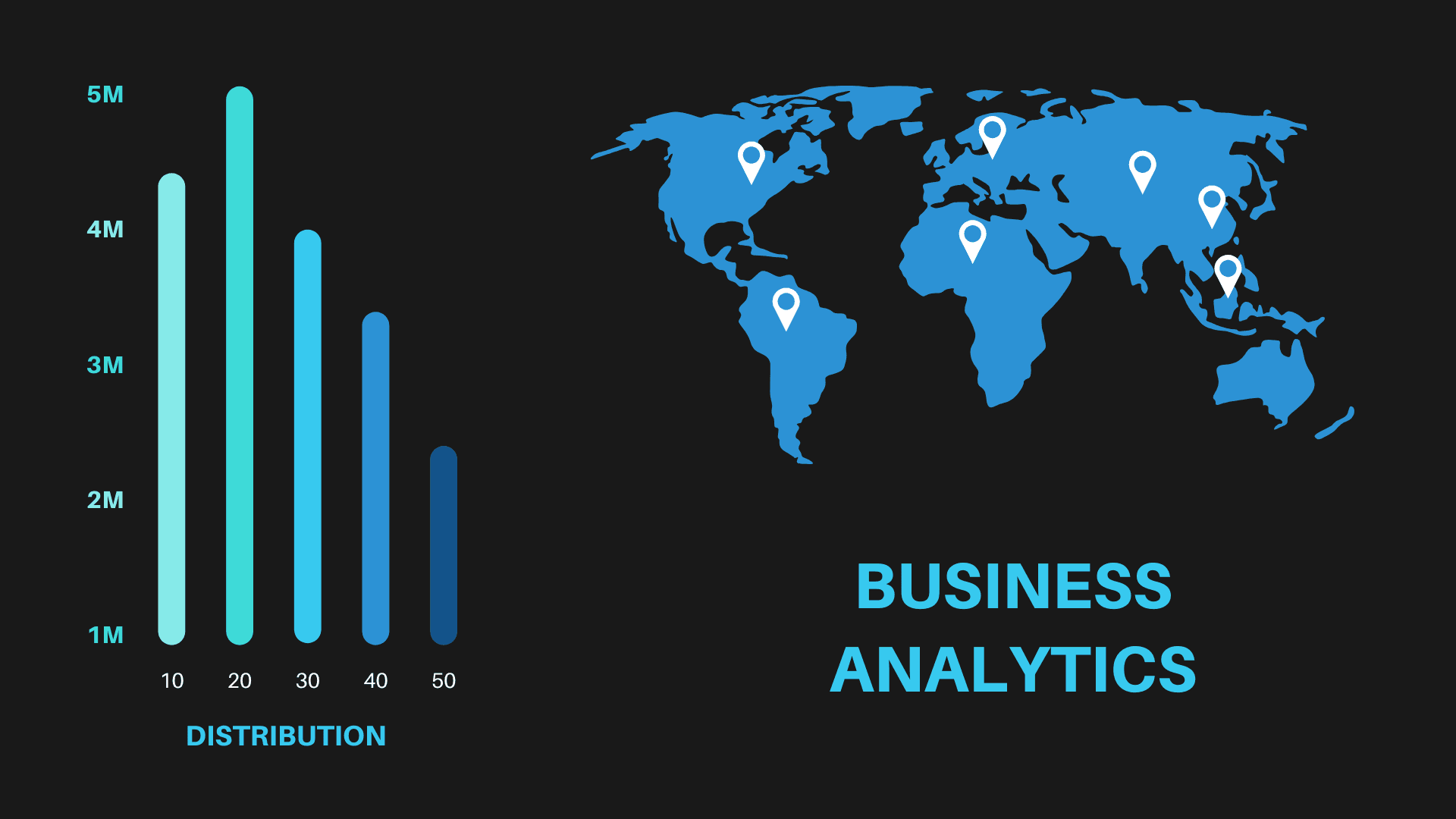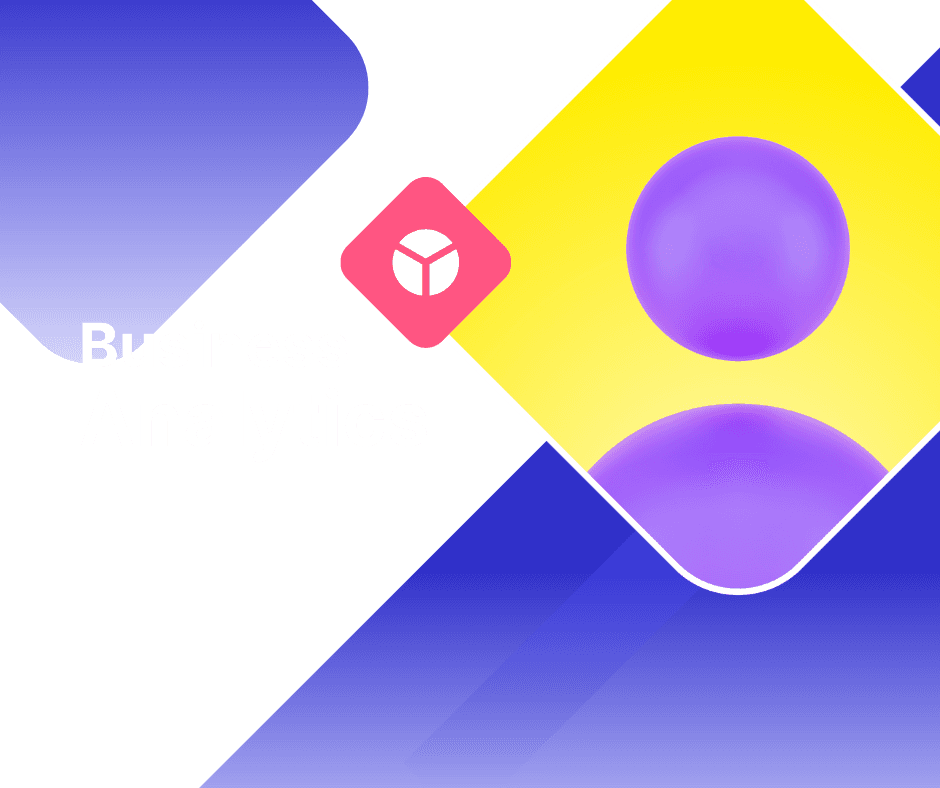Transforming HR with Data-Driven Decision Making

The Challenge: Moving Beyond Gut Feelings
For decades, HR decisions were largely based on intuition and experience. While these remain valuable, today's competitive talent market demands more precision. Companies that rely solely on traditional hiring methods often struggle with:
- High turnover rates that could have been predicted
- Unconscious bias affecting hiring decisions
- Inconsistent interview processes across teams
- Difficulty measuring the ROI of HR initiatives
The solution? Embracing data-driven HR practices that transform how we attract, hire, and retain talent.
The Power of HR Analytics: Real-World Applications
1. Predictive Hiring Models
By analyzing patterns from successful hires, we can identify the characteristics that predict long-term success:
- Resume Keywords: Which skills and experiences correlate with performance?
- Assessment Scores: How do different evaluation methods predict job success?
- Cultural Fit Indicators: What personality traits align with company values?
2. Retention Analytics
Understanding why employees leave helps prevent future departures:
- Exit Interview Patterns: Common themes that predict resignation risk
- Engagement Score Trends: Early warning signals of disengagement
- Career Path Analysis: How promotion timing affects retention rates
3. Diversity & Inclusion Metrics
Data helps identify and address bias in hiring:
- Pipeline Analysis: Where diverse candidates drop out of the process
- Interview Performance: Comparing evaluation consistency across demographics
- Promotion Patterns: Ensuring equal advancement opportunities
Building Your HR Analytics Framework



Start with the Right Questions
Before diving into data, define what you want to solve:
- What's our current time-to-hire, and where are the bottlenecks?
- Which sources provide our best-performing employees?
- What factors contribute to early employee departures?
- How can we reduce bias in our selection process?
Choose Meaningful Metrics
Focus on KPIs that drive business outcomes:
- Quality of Hire: Performance ratings, retention rates, promotion velocity
- Hiring Efficiency: Time-to-fill, cost-per-hire, offer acceptance rates
- Employee Experience: Satisfaction scores, referral rates, exit feedback
- Diversity Metrics: Representation at each hiring stage, pay equity analysis
Implement Progressive Tools
Start simple and build sophistication over time:
- ATS Analytics: Leverage built-in reporting from your applicant tracking system
- Survey Tools: Regular pulse surveys to track engagement trends
- Performance Data: Connect hiring metrics to actual job performance
- Predictive Models: Advanced analytics to forecast turnover and success
Overcoming Common Obstacles
Data Quality Issues
- Ensure consistent data collection across all hiring stages
- Regular audits to identify and fix data gaps
- Training teams on proper data entry procedures
Privacy and Compliance
- Understand legal requirements for candidate data handling
- Implement clear data retention and deletion policies
- Transparent communication about how data is used
Change Management
- Start with willing early adopters to build momentum
- Share success stories to demonstrate value
- Provide training to help teams interpret and act on insights
The Results: Measurable Impact
Organizations that embrace HR analytics typically see:
- 40% reduction in time-to-hire through process optimization
- 25% improvement in employee retention rates
- 60% increase in hiring manager satisfaction with candidate quality
- 30% better diversity metrics through bias reduction
Looking Forward: The Future of HR Analytics
As technology evolves, HR analytics will become even more sophisticated:
- AI-powered screening to identify top candidates faster
- Predictive analytics for succession planning and career development
- Real-time sentiment analysis from employee communications
- Personalized employee experiences based on individual data patterns
Related Images



Getting Started: Your Action Plan
- Audit Current Data: What information are you already collecting?
- Identify Key Challenges: Which HR problems could data help solve?
- Start Small: Choose one metric to track and improve
- Build Capabilities: Invest in tools and training for your team
- Measure and Iterate: Continuously refine your approach based on results
The transition to data-driven HR isn't just about technology—it's about creating a culture where decisions are supported by evidence, leading to better outcomes for both employees and the organization.
When HR becomes strategic and analytical, it transforms from a cost center into a competitive advantage that drives business success.
Related Posts
Building Employee experience is an art
From chaotic queues to seamless automation—how we built an system that made work effortless and efficient
The Future of Remote Talent Acquisition
How to build distributed teams that thrive in a post-pandemic world
Talent Acquisition is the Face of a Company!
How TA professionals shape first impressions, solve business problems, and become the bridge between talent and strategy
